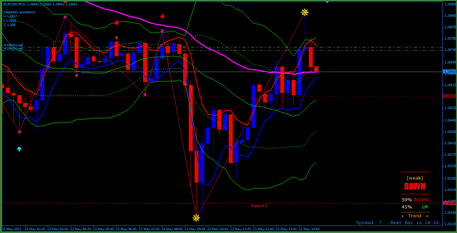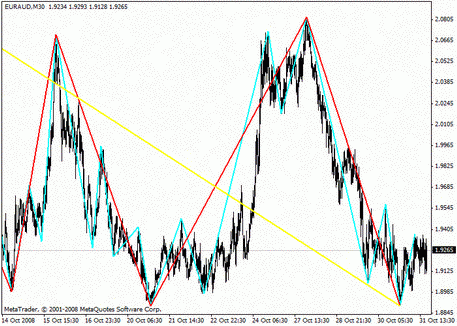
Diary of a Trader - Features of Keeping
Tuesday, 1 August 2017 17:16
Obviously, the success of Forex trading is based on proper technical analysis and the correct construction of the resistance and support levels. However, if a trader wants to form an ideal trading strategy, he should learn to control emotions. Most market novices suffer losses because of the spontaneous decisions that don’t correspond to the real situation on the market. To analyze the mistakes and not allow them in the future, experienced traders keep a diary.
A trader's diary helps a trader to see the shortcomings of his decisions, as well as the strengths of the chosen trading tactics.
How to Keep a Trading Diary
If you write down the details of your transactions within a few months, you will have the opportunity to make a complete analysis of trading. By studying your records, you will be able to identify the sequences and find the factors which led to the profit or losses. Also you’ll be able to understand which days, and which time it’s best not to trade at.
- Note the information about each opened order for purchase or sale;
- Keep notes so that after a while you can easily restore the picture of the events.
Some traders start to keep a diary, but stop doing it as soon as several consecutive orders close with a noticeable profit. It’s worth noting that the analysis of successful transactions is just as necessary as the work on the errors. Don’t take a series of profitable positions as a guarantee of the future success. Remember that the foreign exchange market changes constantly, and if in the future success will be replaced by losses, you can benefit from the old records.
Obviously, each trader determines the principle of keeping the diary which is convenient for him, on his own. We will provide only a rough outline and a few useful recommendations.
- In the first section, specify the date of opening and closing the position.
- Note the currency pair used for the transaction.
- Write down the timeframes which you made the technical analysis on.
- Don’t forget to note the order type: buy or sell.
- Record the opening and closing prices for the position.
- Specify the price levels where the Take Profit and Stop Loss orders were set at.
- Write down why you wanted to open or close a deal.
- Pay a special attention to describing your emotions at the moment of the position opening, as well as the behavior of the price chart after that.
Advantages of Keeping a Diary
You can easily recall the circumstances of the positions opened, and what was the reason for your decision. Without appropriate records, it may be difficult to restore a chain of events that preceded your success or mistakes.
Analyzing your records, you will be able to objectively assess how closely you adhere to the chosen trading strategy. You can also evaluate its effectiveness.
You can analyze your mistakes more effectively, understanding what led to the closure of the order with a loss.
Share
Related articles
- Previous article: Gap on Forex - Features of the Gap Trading
- Next article: Patterns on Forex - Application in Trade

 English
English
 русский
русский



